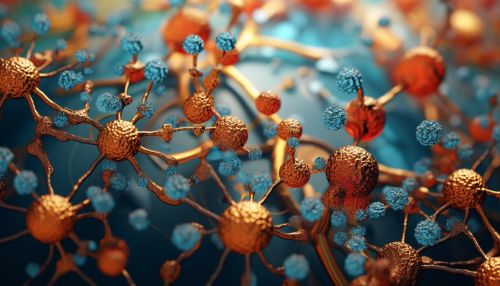The Biological Mechanisms of Animal Migration Timing
Introduction
Animal migration is a fascinating and complex phenomenon that has intrigued scientists for centuries. It involves the movement of animals from one region to another, often in response to changes in the environment or for the purpose of breeding. One of the most critical aspects of animal migration is the timing, which is regulated by a variety of biological mechanisms. Understanding these mechanisms is crucial for predicting and managing the impacts of environmental changes on migratory species read more.


Biological Mechanisms of Migration Timing
Genetic Factors
Genetic factors play a significant role in the timing of animal migration. Certain genes have been identified that influence the migratory behavior of animals, including the timing of migration. These genes can affect various aspects of migration, such as the timing of departure, the duration of migration, and the timing of arrival at the destination read more.


Hormonal Control
Hormones also play a crucial role in the timing of animal migration. The levels of certain hormones, such as melatonin and corticosterone, can influence the timing of migration in various animal species. These hormones can affect the animal's energy levels, metabolism, and other physiological processes that are critical for migration read more.


Environmental Cues
Environmental cues, such as changes in temperature, daylight hours, and food availability, can trigger the start of migration in animals. These cues can signal to the animal that it is time to start preparing for migration, such as by increasing food intake to build up energy reserves read more.


Circadian Rhythms
Circadian rhythms, or the internal biological clocks of animals, also play a significant role in the timing of migration. These rhythms can regulate the timing of various physiological processes, such as sleep and feeding, which can influence the timing of migration read more.


The ability of animals to navigate and orient themselves during migration is also a critical factor in the timing of migration. Animals use a variety of methods to navigate during migration, including the use of the sun, stars, and the Earth's magnetic field. The timing of these navigational cues can influence the timing of migration read more.


Impact of Climate Change on Migration Timing
Climate change can have significant impacts on the timing of animal migration. Changes in temperature, precipitation patterns, and the timing of seasons can disrupt the timing of migration, potentially leading to mismatches between the timing of migration and the availability of food and other resources at the destination read more.


Conclusion
Understanding the biological mechanisms of animal migration timing is crucial for predicting and managing the impacts of environmental changes on migratory species. It is a complex process that involves a combination of genetic factors, hormonal control, environmental cues, circadian rhythms, and navigation and orientation abilities. As climate change continues to disrupt these mechanisms, further research is needed to understand and mitigate its impacts on migratory species.
